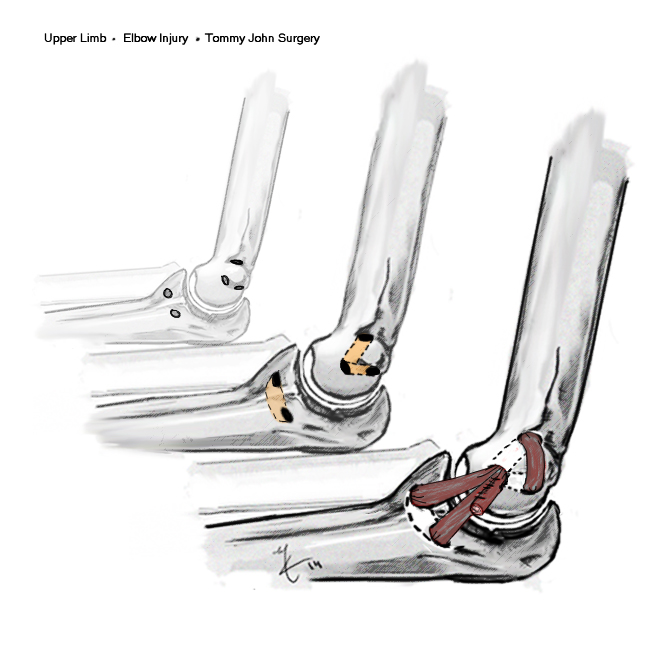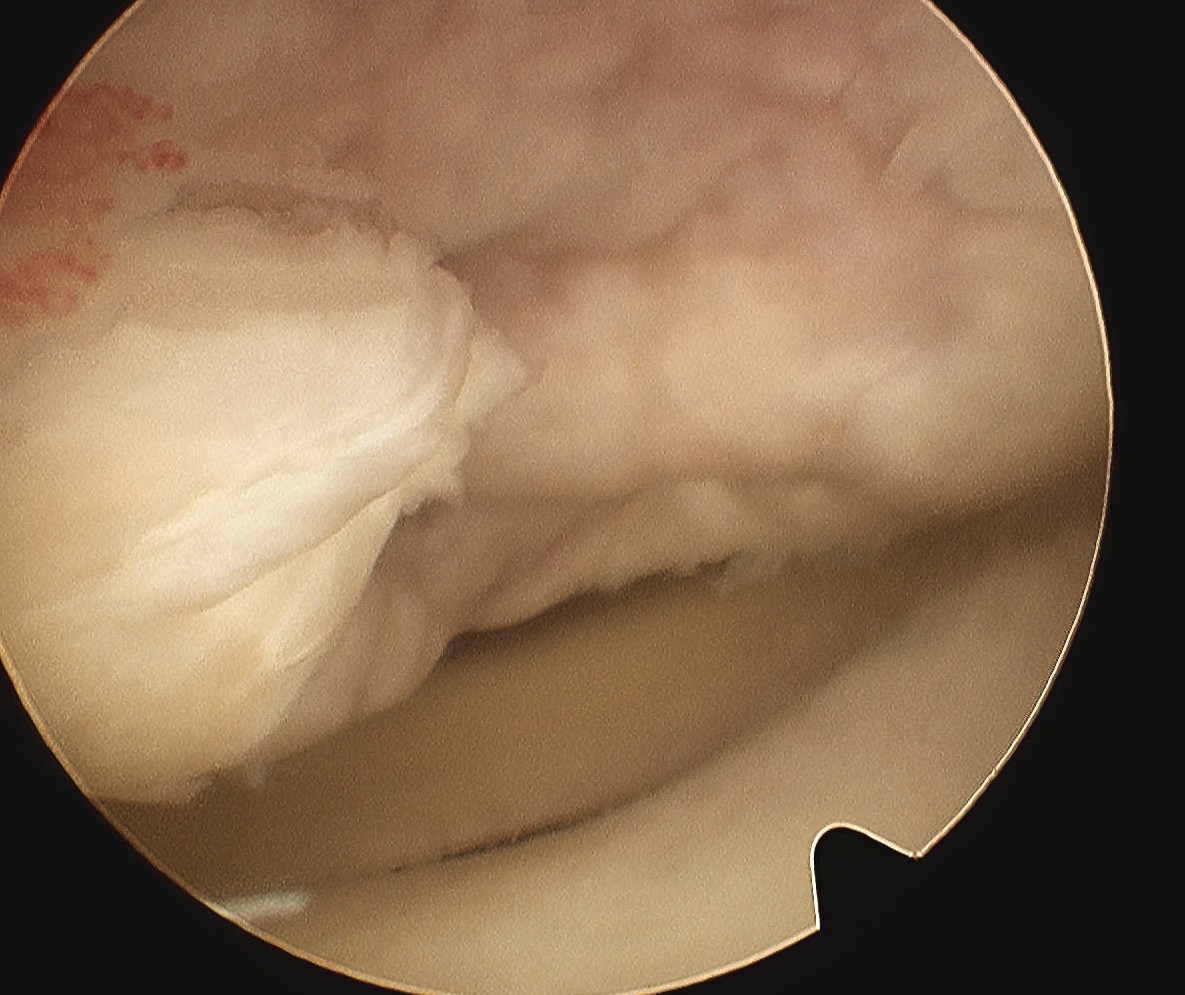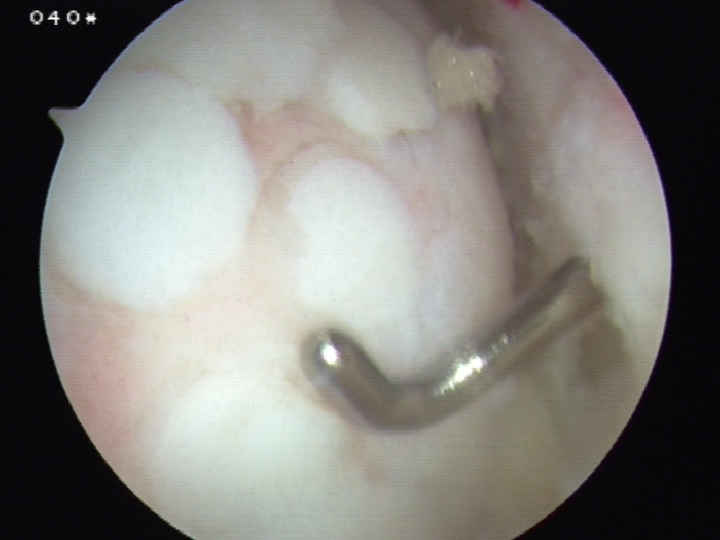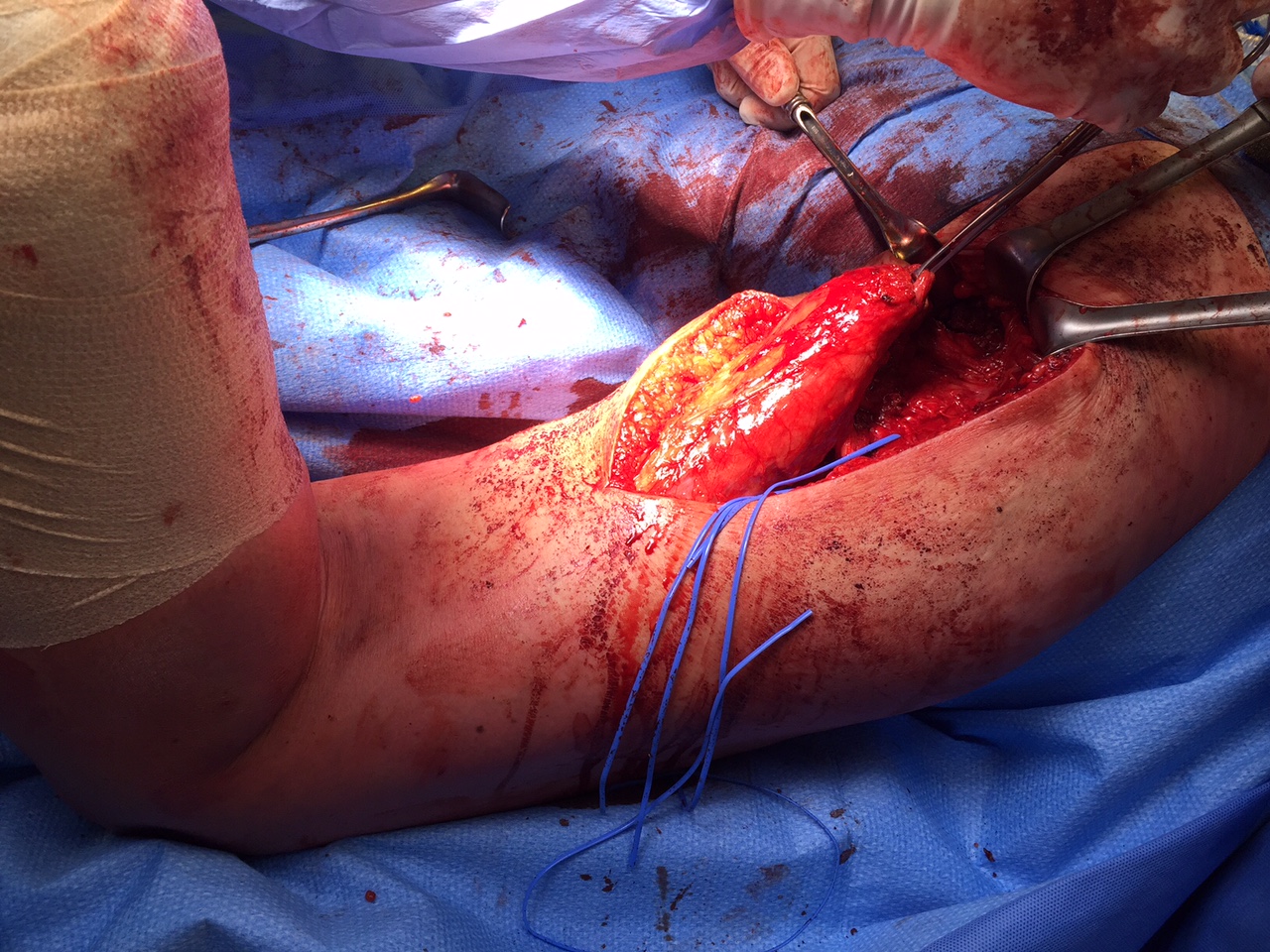Occipital Condyle Fractures
Epidemiology
Rare
- unilateral
- bilateral
Mechanism
Compression
Lateral Compression
Rotation
Clinical
Skull base pain
Cock Robin
Cranial nerve injury
Classification Anderson & Montesano
Type I
Impaction of a condyle
Rare
- unilateral
- bilateral
Compression
Lateral Compression
Rotation
Skull base pain
Cock Robin
Cranial nerve injury
Type I
Impaction of a condyle
Facet joint dislocations secondary flexion distraction injury
10%
1. Unifacet subluxation - interspinous process widening
2. Unifacet dislocation - 25% anterolisthesis
3. Bifacet dislocation - 50% anterolisthesis
4. Complete vertebral translation - 100% anterolisthesis
Burst fractures
- injury to anterior and middle columns +/- posterior column
Vertical compression
10% cervical fractures
Most commonly C5/6
Anterior & middle columns fail
- if severe, posterior ligament complex fails
Minimal trauma fracture
- secondary to osteoporosis
- wedge fractures
F > M
More common in elderly patients
Uncommon in men < 75
- look for alternative diagnosis
Renal failure
Malignancy - metastasis
Infection
Can present with pain
Groin pain in athletes
- secondary to tear in external oblique fascia
Sports with aggressive adduction
- hockey / soccer
Tears in external oblique fascia
- tend to be central
- around spermatic cord and ilioinguinal nerve
- pain may be from nerve entrapment
Adductor Longus Tear

Throwing injury
- seen in the throwing athlete
- repetitive microtrauma / valgus stress
- develop laxity
Initially
- lose velocity / accuracy
Develop medial pain
40% ulna nerve symptoms
Usually occurs in patients over 60
- due to decreased vascularity & collagen weakness
Younger patient on steroids / growth hormone
Occasionally occurs in young athlete with excessive contracture
Often preceded by quadriceps tendinosis




Adolescent apophyseal avulsion
- treat non operatively
- unless displaced > 2 cm
Adult
- soft tissue avulsion
Usually associated with sporting activities
- skiing
- water skiing
Violent contraction
- knee extended
- hip flexing

Multi-ligament knee injury (MLKI)
- 2 or more ligaments disrupted
Knee dislocation
- ACL + PCL + one of collaterals
High energy (MVA)
Low energy (sport)
- low energy has 5% arterial injury